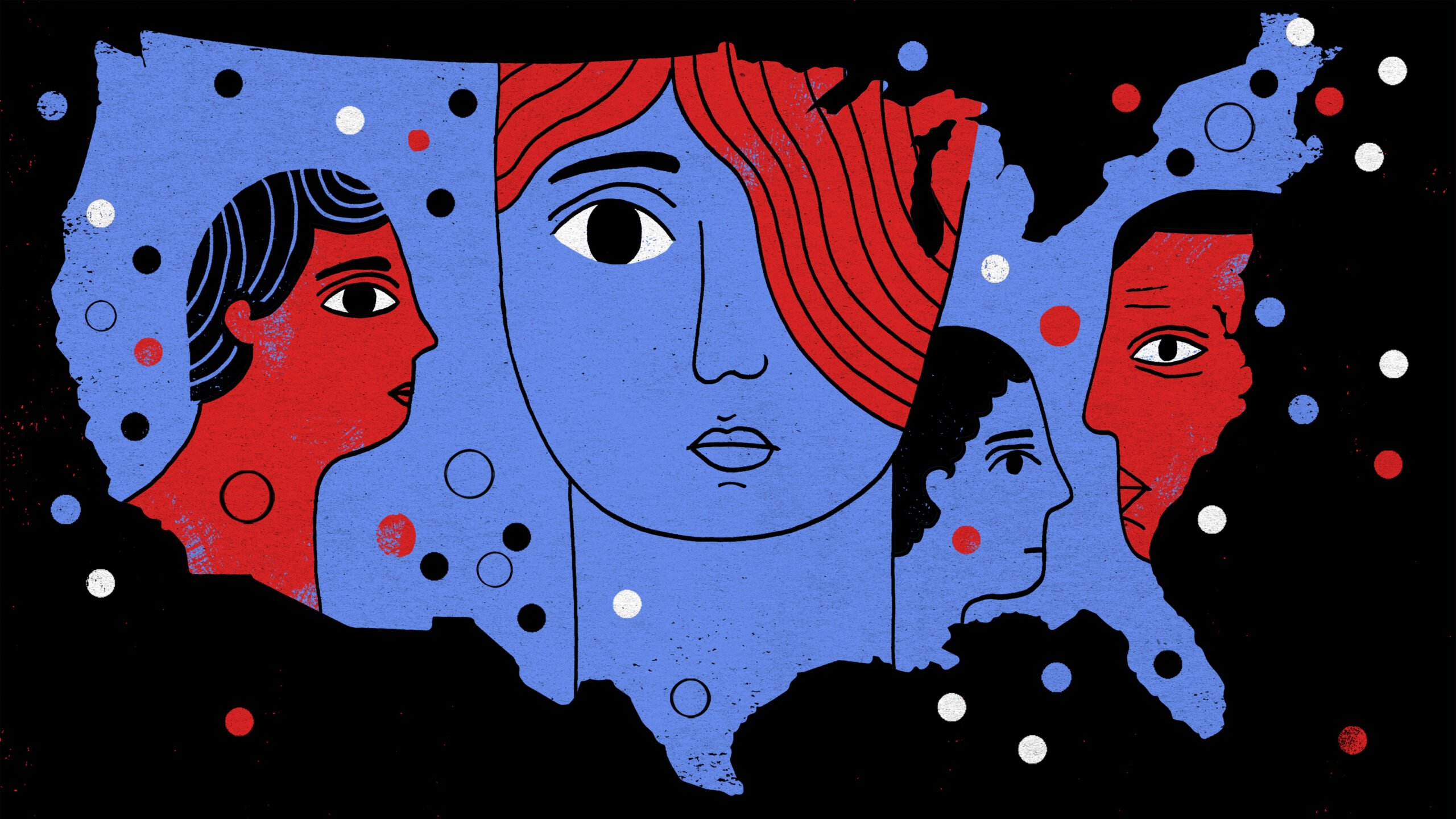While shootings like the one that rocked a Washington State high school this week have been a grim hallmark of American life for decades, there is remarkably little research from American academics on the psychological effects they have on adolescents who witness them up close.
The most relevant that I could find comes from Finland. A group of psychiatrists looked at the psychological aftermath of a 2007 school shooting, as well as the complicating effect that media attention can have on high school students. Half of the female students at Jokela High School and a third of the males exhibited at least some post-traumatic stress symptoms after a classmate shot and killed seven people.
That rate of traumatization is comparable to what is experienced by residents of urban neighborhoods that are wracked by shootings. A 2013 study conducted by Grady Memorial Hospital in Atlanta found that of 8,000 residents surveyed, a third suffered symptoms of Post Traumatic Stress Disorder, and two thirds either had been attacked or knew a homicide victim.
School shootings could cause PTSD at a higher rate than war: studies of Vietnam veterans found approximately 15 to 30 percent of those who saw combat suffered from PTSD.
Underscoring the need for more research, in 2013, two Danish researchers wrote that “almost nothing is known about the effects of witnessing a single incident of high school killing in typical (non-high-risk) adolescent populations.”
Authors Ask Elklit and Sessel Kurdahl examined the aftermath of the fatal stabbing of a female student at a high school in Denmark. Of the 320 students at the school who returned a questionnaire, 28 exhibited full-blown PTSD, while 74 more had subclinical PTSD. Seven months after the incident, 35 percent of the school’s student body suffered from a degree of traumatization, even though all were offered individual psychological counseling.
While American researchers have extensively studied childhood trauma, there hasn’t been a major study that examines the aftereffects of school shootings since 1991 — and that research focused on children and adults, not adolescents.
